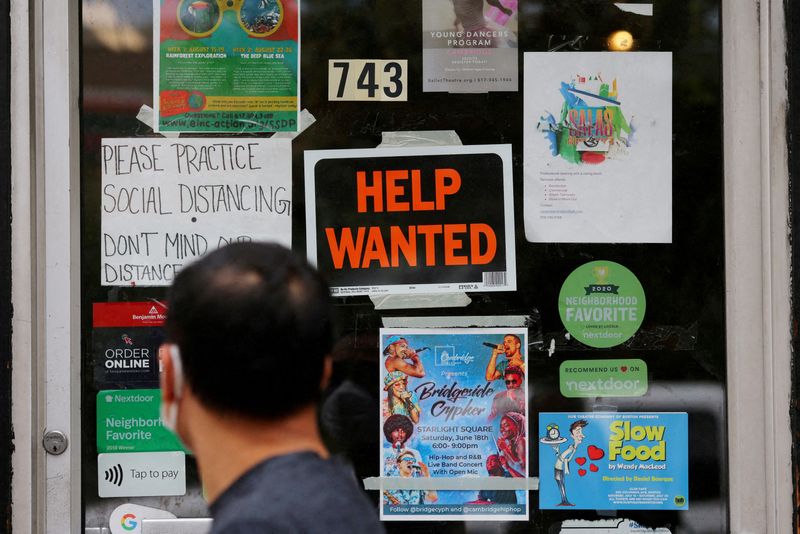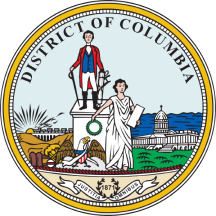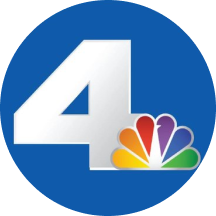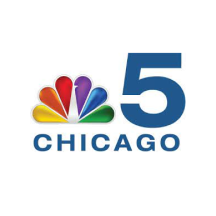
WASHINGTON (Reuters) -The number of Americans filing new applications for jobless benefits fell last week amid low layoffs, but a reluctance by businesses to boost hiring because of softening domestic demand could drive the unemployment rate to 4.3% in August.
Initial claims for state unemployment benefits dropped 3,000 to a seasonally adjusted 224,000 for the week ended August 9, the Labor Department said on Thursday. Economists polled by Reuters had forecast 228,000 claims for the latest week.
The labor market has split into low firings and tepid hiring as businesses navigate President Donald Trump's protectionist trade policy, which has raised the nation's average import duty to its highest in a century. Employment gains averaged 35,000 jobs per month over the last three months, the government reported in early August. Domestic demand grew in the second quarter at its slowest pace since the fourth quarter of 2022.
"Viewed in isolation, those (claims) figures would suggest that labor market conditions remain strong," said Lou Crandall, chief economist of Wrightson ICAP. "However, we give more weight to the softer trend in the payroll series over the last three months, which obviously tells a different story."
The number of people receiving benefits after an initial week of aid, a proxy for hiring, slipped 15,000 to a seasonally adjusted 1.953 million during the week ending August 2, the claims report showed.
The elevated so-called continuing claims align with consumers' rising perceptions that jobs are hard to find. Economists said the continuing claims trend was consistent with the unemployment rate rising to 4.3% in August from 4.2% in July.
Financial markets have priced in an interest rate cut from the Federal Reserve next month because of the labor market weakness. But some economists cautioned that rising services inflation as well as expectations of more expensive goods due to tariffs could make policymakers hesitant to pull the trigger.
The U.S. central bank left its benchmark overnight interest rate in the 4.25%-4.50% range last month for the fifth-straight time since December.
(Reporting by Lucia Mutikani; Editing by Chizu Nomiyama)

 Reuters US Top
Reuters US Top
 Local News in D.C.
Local News in D.C. Spectrum News Louisville
Spectrum News Louisville NBC Southern California
NBC Southern California The Columbian
The Columbian Rutland Herald
Rutland Herald AlterNet
AlterNet CBS News
CBS News Billboard
Billboard NBC Chicago Entertainment
NBC Chicago Entertainment